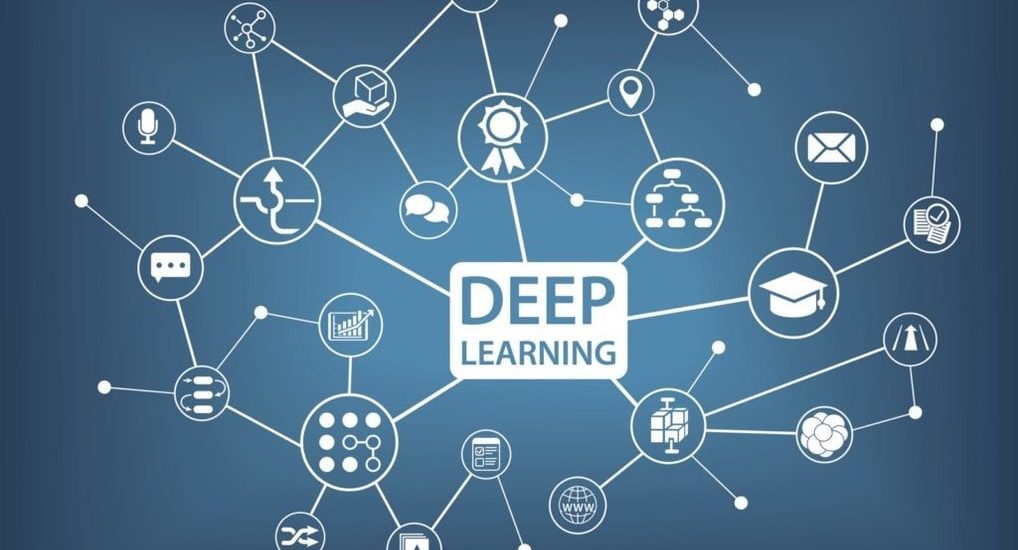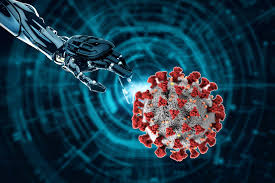COVID-19 Pandemic Analysis : Deep Learning Algorithms & Machine Learning
- July 21, 2020
- Posted by: admin
- Categories: Artificial Intelligence, Deep Learning, Machine Learning

Towards the fag end of 2019, when COVID-19 Pandemic struck every end of our planet, it left us in a standstill position wreaking havoc all over. The outbreak of the Severe Acute Respiratory Syndrome-Corona Virus i.e. SARS-CoV2, is a crucial threat to mankind.
All the diverse industrial sectors are going out of their way to curb the effect of the virus by contributing improvements in terms of infrastructure, like data sources, finance, effective treatment methods, provision of protective gear. Similarly, technologies like machine learning, are not far behind in analyzing and forecasting the epidemic. With vast medical data available, scientists are trying to employ machine learning and Artificial Intelligence to prevent similar epidemics in the future.
Why choose these technologies in the COVID-19 Pandemic?

Since the past few years, technologies like machine learning and AI are quite effective in tackling serious health sector issues, like vaccine invention and disease prevention. Therefore taking the initiatives to curb the impact of COVID-19 with machine learning seems to be justified. In a research paper, authors have specified how digital technologies such as IoT, blockchain technology, deep learning, and artificial intelligence, can be applied to study the impact of the epidemic.
What should the ideal dataset for epidemic analysis look like?
The dataset to analyze the effect of the pandemic has been derived officially from the repository of Johns Hopkins University. The dataset consists of the daily case reports of COVID-19 from January 22, 2020. The data is arranged in the CSV format having three tables for confirmed, recovered, and death cases of Coronavirus. The dataset is being updated once a day and the exponential growth in the number of infections.
How to carry out epidemic analysis?
The COVID-19 has created a sense of urgency among humankind to maximize the prevention of loss of human lives. Keeping this objective in mind certain mathematical tools such as polynomial regression and support vector regression are being developed and implemented. Deep learning and machine learning approaches are also being integrated using the python library ‘ Keras’ and ‘ skylearn’ respectively, to specifically forecast the number of cases detected worldwide. The predictions will also focus on whether there is any change in nature and the number of infections after the applications of numerous measures, like increasing the lockdown period, executing the proper sanitization measures, and offering necessary resources.
How are training and testing being performed?
Regression techniques are being utilized that too on the real-time data of the infections to detect the growth rate for the corresponding day. With the help of the polynomial regression as well as deep learning and machine learning, the number of possible cases over the next 10 days can be detected effectively. As COVID-19 has completely grasped our world, we are in dire need of technologies that can help us gear up for the probable infections in the future. By getting a hint at the numbers of the next few weeks, we can improvise on our health resources so to save as many lives as possible.
